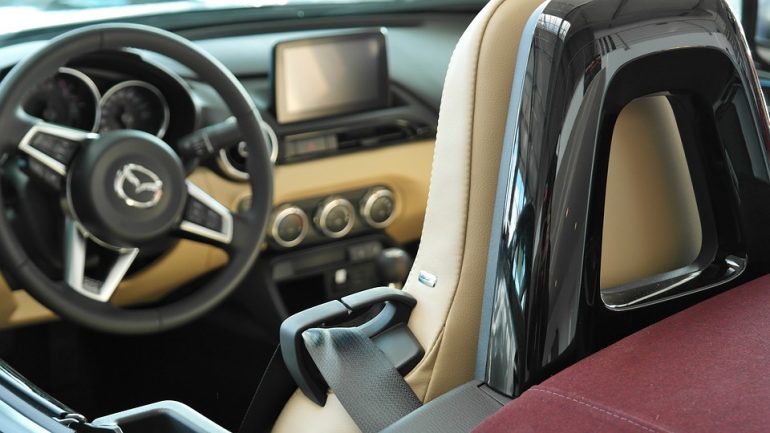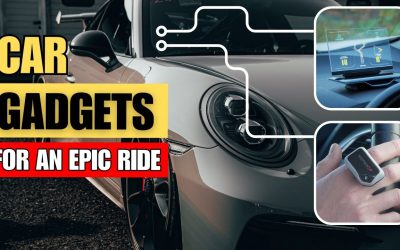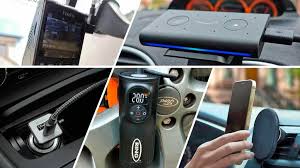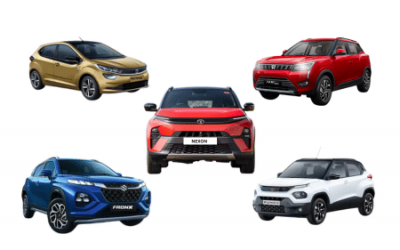Digitalization, automation, advanced technologies had led to the disruption in the global automotive industry. The Indian automotive industry is no longer an exception to this. Acknowledging the disruption and reinventing the business is a way to manage this disruption.
Introduction
Two and half centuries ago, people were living in rural places and population densities were low. When the industrial revolution happened, urban cities became a hub for their occupation. A variety of economic, political and technological changes led to attracting people to cities. More people came to live in urban than rural areas, thus urbanization increased rapidly. Due to the increase in population growth, the mode of transport became challenging in urban cities.
Sadly, due to lack of investment in public infrastructure, results in the misaligned transportation system, increased congestion, affects the quality of life and causes various health issues. In the absence of technologies changes, mobility became a critical factor. Mobility matters to people, if it is going to school, or getting to work, visiting friends or family or even going to explore different places. Many cities with inefficient roads, or due to improper transit system, people stuck in traffic for too long.
Future Mobility
An integrated platform of both basic infrastructures such as roads and trails along with the proper modes of transport like public transit, ride-sharing, bike-sharing, car-sharing can also reshape urban mobility options. The key to overcoming the disruption in the automotive industry is ACES: autonomous driving, connectivity, electrification of vehicles and shared mobility. These are the four main technology-driven trends that will hope up with the disruption in the automotive industry globally.
Autonomous Vehicles
Autonomous vehicles are a self-driving vehicle, the driving of a vehicle to a specific target without the intervention of a human driver in real traffic conditions. It promotes vehicle learning via artificial intelligence. Algorithms are programmed in the vehicle to react in real-world conditions. Such a vehicle gets its input from visual information sources to the driver. In the case of autonomous driving, technology-enhanced a driver’s awareness by providing information to decide. But, when a vehicle reacts autonomously, without active intervention from a driver, it reacts through the programmed algorithms that order the vehicle to react in a specific way. Many technology companies and global automakers are investing in the creation of autonomous vehicles.

Connectivity of vehicles
Vehicle connectivity is in the early stages of adoption in India. To enable connectivity features with the mass adoption of smartphones, coupled with low data costs. Four main functional groups like
In-car content and services such as navigation and entertainment
Vehicle relationship management like remote diagnostics
Driving assistance like semi-autonomous driving features.
Insurance (telematics-based insurance solutions)
The most challenging factor in-vehicle connectivity is data security, privacy concerns, and cyberthreats.

Electrification of Vehicles
Fuel required for an internal combustion engine is plenty. To reduce the dependency on oil imports we go on for electric vehicles. A high level of vehicle emission causes serious air pollution in the environment due to increased urbanization.

The emission due to air pollution caused by vehicle exceeds the limit of prescribed WHO (World Health Organization) recommendation. In such a case, it causes serious health issues like risks in the respiratory system,
heart disease, lung cancer, and stroke.
Shared mobility
Mobility options like car sharing, bike sharing, e-scooters, ride-sharing are significant traction in cities. Shared mobility offers easy, on-demand availability, flexibility to choose vehicles that led to reshaping urban mobility options.

Looking forward to future
The advanced technology trends in mobility allow people to travel more efficiently, more often and in a cheaper way. To make this possible, the public and private sectors should work efficiently to avoid increased congestion, air quality concerns, and other negative outcomes. The government also wants to anticipate these new mobility models by crafting regulations with consumer-friendly technological developments.






